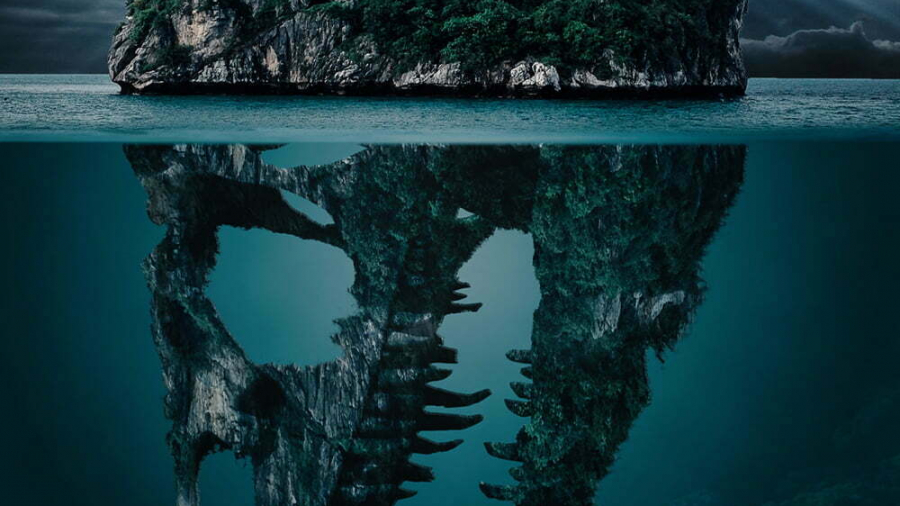Two-thirds of the earth’s surface is covered in water and while it may appear as if there is plenty to go around, in reality however, we have a limited amount of usable fresh water.
That’s because 97% of the earth’s water is found in the oceans as salt water. Another 2% of the earth’s water is stored in glaciers, ice caps, and snowy mountain ranges. That leaves only 1% of the fresh water, stored beneath the ground, in soil or fractured bedrock, and in surface waters like lakes, rivers, and streams, that is readily available for agricultural, industrial and domestic use.
The Never-Ending Journey
The amount of water on earth remains fairly constant over time but it does get around. The water cycle describes the continuous movement of all the water on the planet. Through processes in the earth’s water cycle such as evaporation, condensation, precipitation, infiltration, and run off, the water goes through different phases through a continuous Water Cycle.

Evaporation and precipitation combine to constantly replenish our fresh water supply; but in actuality, the water we drink are the same ones that quenched the thirst of dinosaurs ages past. There is no ‘new’ water on earth; Mother Nature just constantly recycles the water on earth over and over again.
The Degradation of Water Sources
Water pollution affects water, carbon, and nitrogen cycles. When water evaporates, it comes back in the form of rain. As it falls, it gathers pollutants from the air and becomes acid rain. This, in turn, pollutes water further as well as its inhabitants.
That is why pollution matters because it harms the environment that people depend on for survival. Destroying the environment reduces the quality of our lives. Even a slight shift in the amount of fresh water has a profound effect on what is available for human consumption.

Oil spills occur when tankers are too poorly built to survive accidents at sea. The oil will wash up on beaches, devastate the ecosystem, harm the small coastal communities living close by, and severely affect tourism.
Sewage discharged into coastal waters can wash up on beaches and cause a domino effect. Sewage can poison shellfish like cockles and mussels that grow near the shore. People who eat poisoned shellfish risk suffering from acute and sometimes fatal illness called paralytic shellfish poisoning.
Helping To Turn The Tide
People who grow tired of walking along polluted beaches often get together to organise community beach-cleaning sessions. Anglers who no longer catch as many fish have campaigned for tougher penalties against factories that pour pollution into our rivers. Education can raise awareness in people and greater public awareness can make a difference.
In July 2019, environmentalists blamed government apathy for the river pollution in Malaysia after reports that Sungai Kedah had become too dirty to be used as a source of water supply. Environmental laws can make it tougher for people to pollute, but these laws have to be monitored and regulated for them to be really effective.
One way to tackle pollution is through what is known as the polluter pays principle. This means that whoever causes pollution should have to pay to clean it up, one way or another. The principle is designed to deter people from polluting and for them to behave in an environmentally responsible way.
We Can Make A Difference
Life is ultimately about choices. We can either live with polluted beaches, dead rivers and poisoned seafood, or we can work together to keep the environment clean. We can do our part by using earth-friendly detergents, reducing pesticide use, and not pouring oil down drains. We can take community action by helping out on beach and river clean-ups. We can take action to pass laws that will make pollution harder and the world less polluted. Working together, we can make pollution less of a problem and the world a better place.

